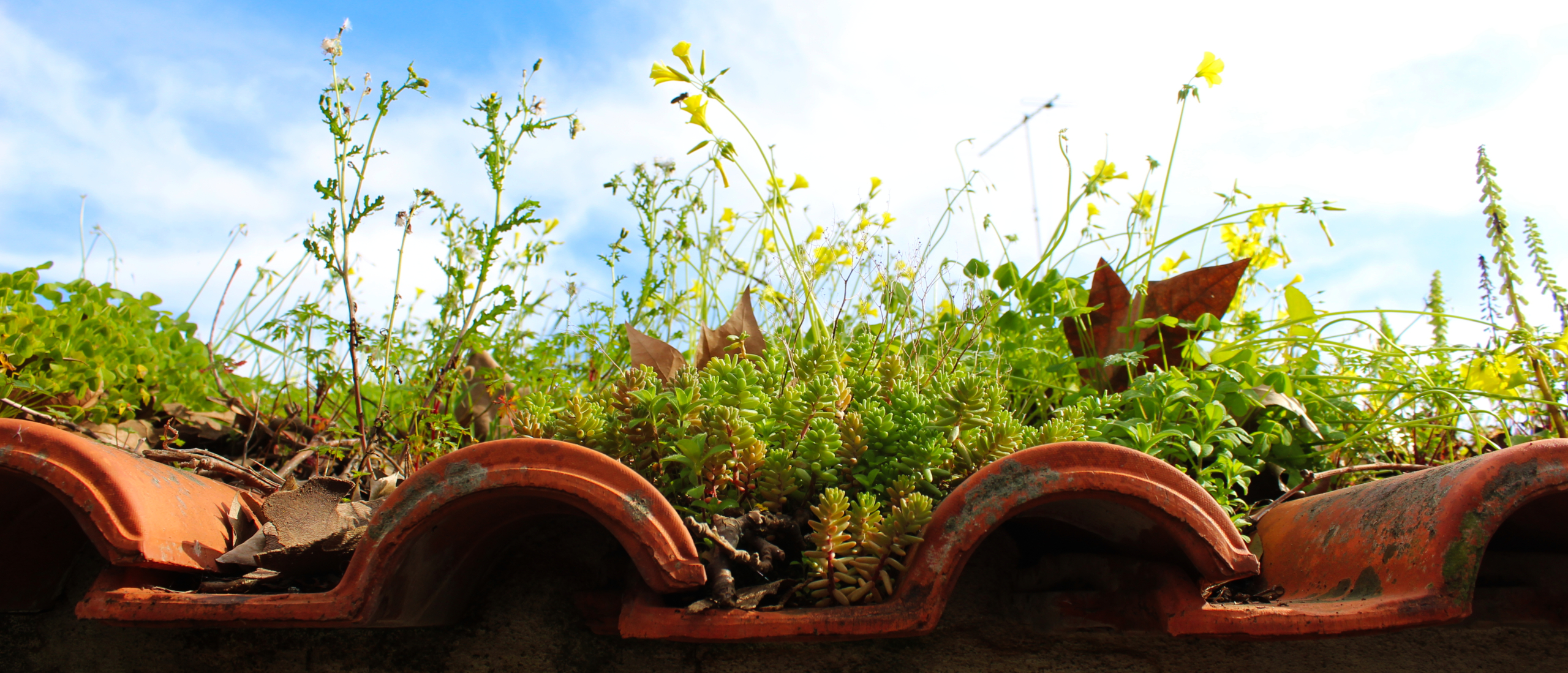Habitat at lofty heights
Making good use of small areas – golf courses can also do this with green roofs. “We even have the kingfisher on the roofs of our small cabins and some of the driving range buildings,” explains
Permanent food during the season
Whether it’s a canopy of herbs, grasses or even a small selection of flowers, experts say the birds aren’t deterred by the height of the unusual habitats. On the contrary, green roofs are good for them to fly on. On the roofs they find not only seeds, plants or berries, but also spiders, other insects or microorganisms of all kinds. Ideally, green roofs should be planted with flowering plants that attract insects throughout the season.
Green roofs are becoming increasingly common on golf courses. At
Simple installation with mats
In most cases, the installation of green roofs is carried out using so-called vegetation mats. They usually consist of a support layer with coconut fabric or fleece, on which is then applied a substrate layer with rooted plants. Roofs with greenery, however, require a short course of maintenance about once or twice a year. Here, weeds or unwanted plants are then removed. In addition, the green roof is supplied with slow-release fertilizer (no blue grain).
In the best case, the birds feel so comfortable that they even use the roof surfaces for breeding. This also happens quite often, but the slope of the roof should not exceed 15 degrees. If you are lucky, you can also observe mallards, little ringed plovers, crested larks or caribou breeding on the roof. When training from the driving range, this is definitely a view with variety.
INSERT_STEADY_NEWSLETTER_SIGNUP_HERE









 Image: Petra Himmel
Image: Petra Himmel